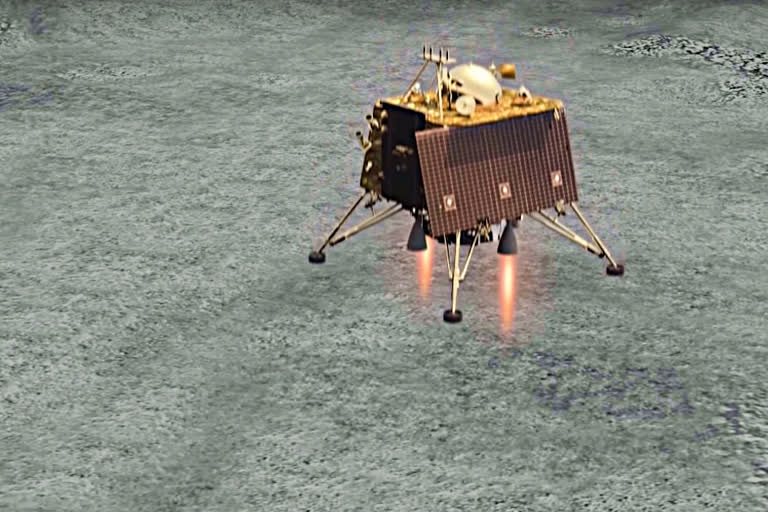Bengaluru:Hours before Chandrayaan-2's 'Vikram' module's proposed soft landing on the Lunar surface, ISRO Chairman K Sivan said on Friday things are progressing as per plan for the much-awaited event.
"We are eagerly waiting for the event. Everything is going according to the plan," Sivan told a news agency on Friday.
The touch-down of 'Vikram' lander is scheduled between 1.30 am and 2.30 am on Saturday, followed by the rollout of rover 'Pragyan' between 5.30 a.m and 6.30 a.m.
The soft landing will be telecast live from 1.10 a.m on Doordarshan, webcast on ISRO website and streamed on YouTube, Facebook and Twitter.
"Certainly there is a lot of anxiety in the minds of the entire (Chandrayaan-2) team because it's a very complex operation and we are doing it for the first time," a senior an official associated with the mission said on condition of anonymity.
"Everything... sensors, computers, command systems... has to work perfectly. But we are confident in the sense we have conducted a large number of simulations on the ground; it gives us the confidence it would go alright," the official said.
He described the soft-landing as "almost like placing a baby on the cradle", and said, "there is a certain amount of anxiety but there is no fear." Prime Minister Narendra Modi, dozens of students from across the country selected by ISRO through an online quiz, a large media contingent and others are slated to watch the event as it happens, from the ISRO Telemetry Tracking and Command Network (ISTRAC) here.
As India attempts a soft landing on the lunar surface, all eyes will be on the lander 'Vikram' and rover 'Pragyan'.
The 1,471-kg 'Vikram', named after Dr Vikram A Sarabhai, the father of the Indian space programme, is designed to execute a soft landing on the lunar surface, and to function for one lunar day, which is equivalent to about 14 earth days.
Chandrayaan-2's 27-kg robotic vehicle 'Pragyan', which translates to 'wisdom' in Sanskrit, can travel up to 500 metres from the landing spot on the Moon and leverages solar energy for its functioning.
"The lander carries three scientific payloads to conduct surface and sub-surface science experiments, while the rover carries two payloads to enhance our understanding of the lunar surface," according to ISRO.
